|
A huge amount of the sensory and motor processing power of our brain is dedicated to the hands. It is necessary for us to function as we do in the world, picking up objects of various shapes and sizes, carrying things, judging their texture and temperature. But it means that at any given time, the brain has more of its attention focused on our hands than it does on, say, our back.
This function of your brain is represented by the picture above, called the Homunculus. It represents the amount of the brain's sensory power that is dedicated to each part of the body, with greater attention displayed by larger features. The results end up being almost obvious, with a lot of the brain's sensory attention focused on the lips and tongue, eyes and ears, genitals, hands and feet. These are the most sensitive parts of the body. What does this mean for us as yogis? In general, it means that it's easy for us to think about our hands. We may be doing an exercise that is focused on the spine, but we will wonder, "What do I do with my hands?" Or while we are balancing or breathing, "How should I hold my hands?" It is easy for our brains to answer this call, since it likes to put its attention on the hands. But this makes it harder to focus on things---parts of the body or mind---that are not the hands. It is difficult to take the attention away from the hands and put it on the spine or abdomen, or knees. Next time you do (or teach) a posture, check how much of your focus you put on the hands, their grip and their position. Then ask yourself if they are the central focus of the exercise. See if you can move your attention and effort away from the hands to the part that is most important for each practice. It can be challenging at first, but tremendously beneficial.
1 Comment
Let's start with something obvious: we can breathe through either the nose or the mouth. The air that goes into our lungs is the same both ways, but there are vastly different effects on our nervous system and---according to new science---our brain. A new study published in the Journal of Neuroscience showed that "memory significantly increased during nasal respiration compared to mouth respiration."
But they also stated that "core cognitive functions are modulated by the respiratory cycle." Which means that our brain is hugely impacted by how we breathe.
Anyone who has practiced pranayama, which involves a lot of nasal breathing, has probably experienced its effects on the memory. It is almost ubiquitous that breathing practices bring up old memories and stimulate dreams of the past. Keep your eyes, ears and nose open for more news about this exciting branch of neuroscience! There are sure to be more developments as we understand the brain better. Most of us don't know where our psoas (pronounced so-az) muscle is. It is deep in the body, underneath our abs and guts, but it has a huge effect on the spine and hips. The psoas hugs the lower spine, the inside of the pelvis and crosses the hip. Its main function is to move the leg by flexing the hip, but the fact that it connects to the spine makes things a little more complicated. It is commonly ignored or misunderstood since it is not readily visible or easy to feel, but it is a vital muscle for our posture, our spinal and abdominal function, and our hip function.
In the picture above, the psoas and the rectus abdominis (6-pack) muscles are shown. The psoas is deep and close to the spine; and the rectus is on the surface of the abdomen. Ideally the psoas has enough length to allow the pelvis a neutral tilt (as pictured on the left). When the psoas gets overly tight or tense, as it often does when we sit for many hours a day, it pulls the pelvis into a forward tilt (as pictured on the right). OTHER ISSUES ARISE When the psoas is short, a handful of other problems arise. The first two problems come from the forward-tilted pelvis. These are 1) weak and long abdominal muscles (as seen in the picture), and 2) weak and long glutes and hamstrings on the back of the hips. These lead to poor posture and poor digestion, which in turn exacerbate the muscular issues of the abdomen and hips. The other problem that arises with a tight psoas, as you can see in the picture above on the right, is that the low spine gets pulled down and forward toward the pelvis. This creates compression, tenderness and pain in the low back. It also cascades up the spine, creating poor posture in the mid and upper spine, which leads to upper back pain, neck pain and chest pain. WHAT TO DO It is worth saying that sitting less will help the psoas stay long. Things like standing desks are useful to this end. Every hour that we spend sitting encourages the psoas to shorten. It helps to strengthen the abdominal muscles, especially the rectus abdominis. Then the pelvis will have an easier time staying neutral and upright, encouraging a relaxed psoas. Abdominal strengthening, like situps, is invaluable to this end. It also helps to strengthen the glutes and hamstrings with squatting motions. These muscles of the hip will keep the pelvis neutral and encourage the psoas to be long and relaxed. Even if you can't do something like squats or lunges, it helps to do what is called the "Glute Drill", which basically involves squeezing your butt muscles for a few seconds. Do ten squeezes a few times a day and that will go a long way to balancing the psoas. Palmstand is an unsung hero for the body, directly helping two of the most common physical ailments: a tight neck and a weak abdomen. These two problems lead to all kinds of issues in the body, nervous system and mind, making us uncomfortable, unhappy and perhaps even injured.
Palmstand is accomplished by sitting, placing the hands by the sides of the hips, and then lifting the butt and legs off the floor. It can seem impossible at first, but you can begin by lifting only the butt up and leaving the feet down. It can also help to put blocks under the hands, giving a little extra height. NECK & SHOULDERS In our culture we spend lots of time in front of computers, with our shoulders hunched up and forward. Over time this leads to a tight neck and tightness on the tops of the shoulders. This is exacerbated by the infrequency with which we push (or pull) things down with our shoulders. What ends up happening is the top of our shoulders and neck become overly engaged while the bottom of our shoulders, which act to counterbalance the top, are weak and underdeveloped. The way to remedy this problem is to develop strength underneath the shoulders by pushing them down strongly. This is where Palmstand comes in. The action of the posture requires a powerful downward push. When you do it, you may notice that your neck becomes long, as do the tops of your shoulders. If you do the posture regularly, you will develop strength under the shoulders, balancing the joint and releasing the neck and shoulder tops! ABDOMINAL STRENGTH It is well-known that most of us have weak abdominal muscles, and that this weakness can lead to all sorts of problems like poor digestion and back pain. This is why "core strength" has become so popular and exercise regimes like Pilates are making a comeback. In Palmstand the legs are held aloft by the abdominal muscles (along with the hip flexors), making them quite strong. If you find yourself struggling to lift the legs, know that your effort is strengthening your abs and that in time you will get them up. The posture ends up being quite engaged, with your muscles so tight that breathing is difficult. This is okay. Hold the posture strongly for a few seconds before relaxing and breathing. Then do it again. With practice, Palmstand balances the body and remedies two of the most common physical issues in our culture. In the yoga world, forward folding is practically an obsession. We stand with our legs together and bend forward, we separate our feet and bend forward, we stand on one leg and bend forward, we sit and bend forward...you get the idea.
But most of us know that we need to strengthen our abdomen to support the spine and release the low back. The same can be said for the hamstrings: strengthening them will stabilize the pelvis and support the spine. HIP FLEXORS The muscles in the front of the hips, called the hip flexors, are another well-known area of tightness in the body. Their tightness is exacerbated by the amount of sitting we do. This tightness creates length in the hamstrings, because the two muscle groups are reciprocally related, i.e. the condition of one group is generally the opposite of the other. It is well-known that we need to lengthen the hip flexors to relieve hip and spinal issues. Because the hip flexors are reciprocal to the hamstrings, length (stretching) in the hamstrings will lead to more shortness/tightness in the hip flexors, which is undesirable. Another reason why the hamstrings should be strong, not long. STRENGTHEN THE HAMSTRINGS
Hopefully you can see that strong hamstrings will help to alleviate many common problems in the pelvis and spine, and that over-stretched hamstrings will exacerbate frequent pains and imbalances. So, how do we strengthen the hamstrings? Squatting exercises and postures like Chair Posture go a long way to strengthening the hamstrings and glutes. They also integrate the hips with the abdomen, which is great. See the link on the right (Understanding Chair Posture) if you have questions about how to do Chair Posture. Another great way to strengthen the hamstrings is by tipping the body forward halfway, as in Balancing Stick, pictured at the top of this article. Balancing stick is done on one leg, but you can also do the exercise on both legs by standing on two feet and bending forward halfway. Don't go past halfway, since we're not trying to stretch the hamstrings. Two great strengthening postures can be done lying on the back: Bridge Posture and Jastiasana, both pictured above. Lie on your back and lift your hips in the air. You will need strength in the back of your hips, and this strength will help to release your hip flexors. Most of us have tight hips, especially in the front where the thigh connects to the pelvis. We sit for so many hours each day and this area gets used to being bent, which is another way of saying that the muscles and tissues get tight.
At the same time, our butt muscles (gluteus maximus) get sat upon and become very weak. The combination of these two elements--tight hip flexors (on the front) and weak glutes (on the back)--create all kinds of problems in our body, usually beginning with back pain. These two sets of muscles are opposite each other across the hip, so they work as a team. When one side engages, the other relaxes to allow the hip to move. And vice versa. So, the easiest way to "stretch" the front of the hips is to engage and strengthen the glutes/butt. The best posture to do this in is a lunging position, pictured above. To stretch the front of the left hip, step the left leg back. Then bend the right knee a little. You may already feel the stretch in the left hip. Straighten your left leg and squeeze your left butt/glute. The sensation in your left hip will intensify. If you're not used to doing this, it is normal for the butt to engage for a second before relaxing again. When this happens, just squeeze your butt again. Engage it 5 or 10 times and then switch sides. You will strengthen an important muscle, the glutes, while releasing a tight area, the front of the hip. In our normal bodily positions like standing or sitting, the head is above the heart. Pumping the blood from the heart up to the head requires fighting the effects of gravity, so blood pressure in the head is higher than other parts of the body.
When we adjust the position of the body, as we often do in yoga practice, the head sometimes goes below the heart. When this happens, gravity pulls blood into the head, raising the blood pressure. Our body adjusts by decreasing the blood pressure in the head to protect the brain and face. This effect can be both positive and negative depending on our health and our bodies' ability to adjust the pressure. If we are healthy, the shifting of the blood pressure up and down can be beneficial, teaching our systems how to respond to changing conditions. This is why healthy people should put the head below the heart. If we have high blood pressure we must be very careful. Whenever the head goes below the heart, it is possible that the blood pressure will get dangerously high before the body responds. Or the body may not respond effectively and let the blood pressure stay too high for too long. So those of us with high blood pressure should take care when putting the head below the heart. We can do gentle "inversions" by bringing the head even with the heart or only slightly below. This can be done in forward folding positions and kneeling positions like Half Tortoise or Child's Pose. One of the main ways that we breathe is with our chest. The muscles between the ribs cause the ribcage to expand and lift up, drawing air into the lungs. This causes the abdominal muscles to become long as they are pulled by the upward motion of the ribs. The abdominal muscles must be relaxed for the ribs to lift fully.
Our feet are where the body contacts the floor/earth. Every ounce of our body's weight goes through them with each step, whether we have a light step or plod heavily. So they are vitally important to our physical health. Poorly functioning feet lead to a poorly functioning body much the same way that damaged wheels make a poorly functioning car.
We have all heard of "flat feet," where the inside arch of the foot collapses toward the floor, often creating painful repercussions in the ankle, knee, hip and even back. This condition commonly refers to just one of the arches of the foot---of which there are four---the medial longitudinal arch (labeled above, #1). That is a fancy way of saying the lengthwise (longitudinal) arch on the inside (medial) of the foot. Most of us just know it as the "arch." This well-known arch of the foot is not structured like a weight-bearing arch. It is built more like a spring that bends when we put weight on it and bounces back as we release. This is how some of the "spring in our step" occurs, as the arch recoils. This arch can be bolstered with muscular strength, like lifting the inner ankles up and pulling the ball of the foot toward the heel. The second major arch of the foot is the lateral longitudinal arch, which means the lengthwise (longitudinal) arch on the outside (lateral) of the foot. It is labeled in the picture above with #2. This arch goes from the heel area toward the pinky toe. It is a very stable arch, with bone structure like a traditional weight-bearing arch. Due to its structure, this arch rarely collapses or gives us trouble, so we don't even realize it's there. The third arch of the foot goes across the foot, so it is called a transverse arch. Since it is closer to the ankle, it is called the proximal (near to the body) transverse arch, labeled #3 in the picture above. This arch, like #2 above, is structurally very stable and rarely collapses or gives us trouble. This arch is also called the anterior (forward) transverse arch. The fourth arch of the foot is sometimes not considered an arch at all because it is not formed by arch-like bony structures. Instead, this arch is made of soft tissues like ligaments, muscles and fascia, stretching from the big toe to the baby toe. It is called the distal (far from the body) transverse arch, labeled #4 in the picture above. Since it is not a bony-structured arch, this often gives us trouble due to weakness and under-use, especially since we wear shoes that decrease our body's need to access it. It can be strengthened though simple exercises like making fists with the toes. Try standing with bare feet. Shift your weight around your feet, from front to back and side to side. Pay close attention and see if you can feel the arches and structures in your feet. They are important!
|
AUTHORSScott & Ida are Yoga Acharyas (Masters of Yoga). They are scholars as well as practitioners of yogic postures, breath control and meditation. They are the head teachers of Ghosh Yoga.
POPULAR- The 113 Postures of Ghosh Yoga
- Make the Hamstrings Strong, Not Long - Understanding Chair Posture - Lock the Knee History - It Doesn't Matter If Your Head Is On Your Knee - Bow Pose (Dhanurasana) - 5 Reasons To Backbend - Origins of Standing Bow - The Traditional Yoga In Bikram's Class - What About the Women?! - Through Bishnu's Eyes - Why Teaching Is Not a Personal Practice Categories
All
Archives
April 2024
|

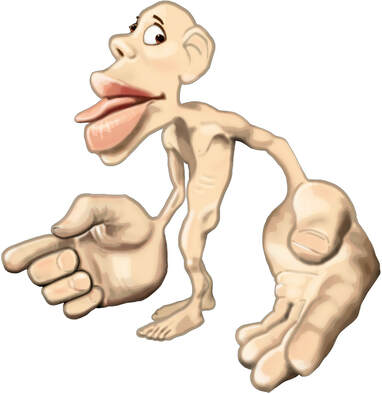
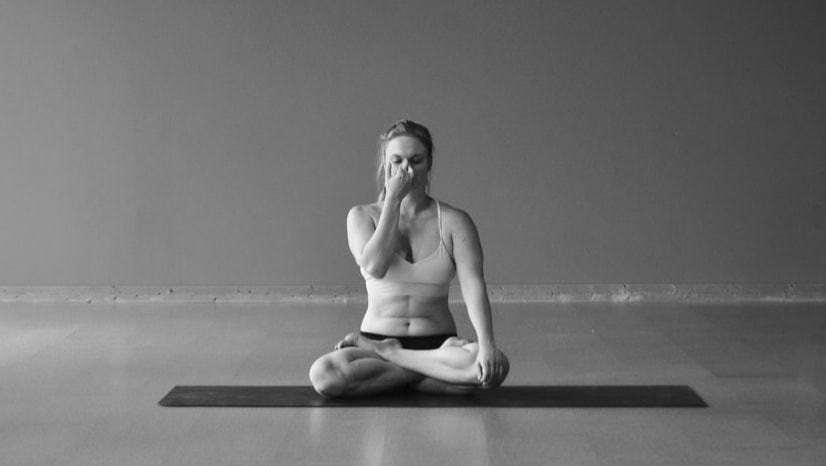
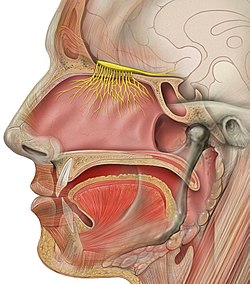
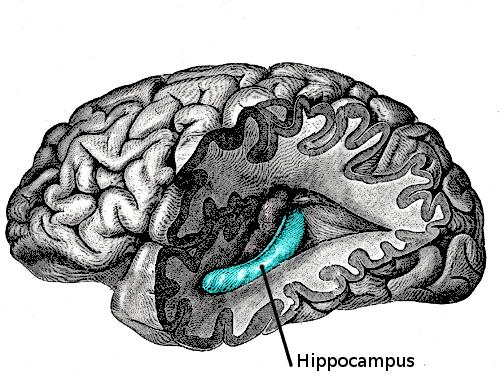

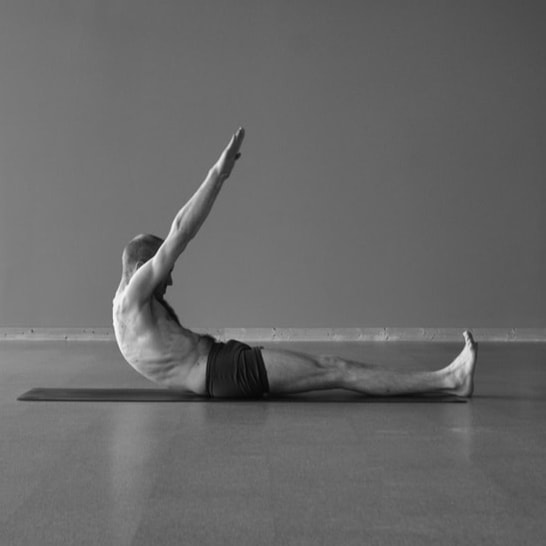
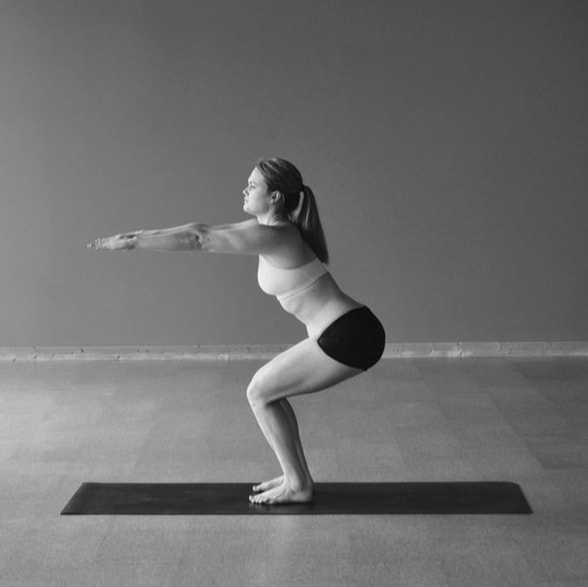
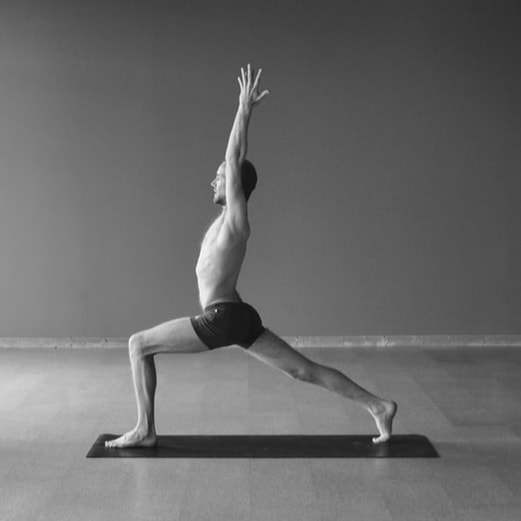
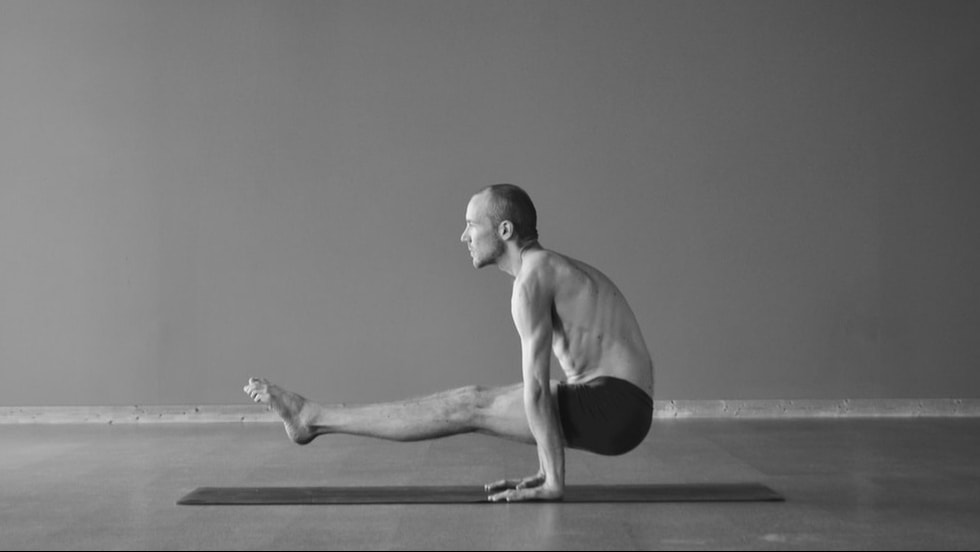

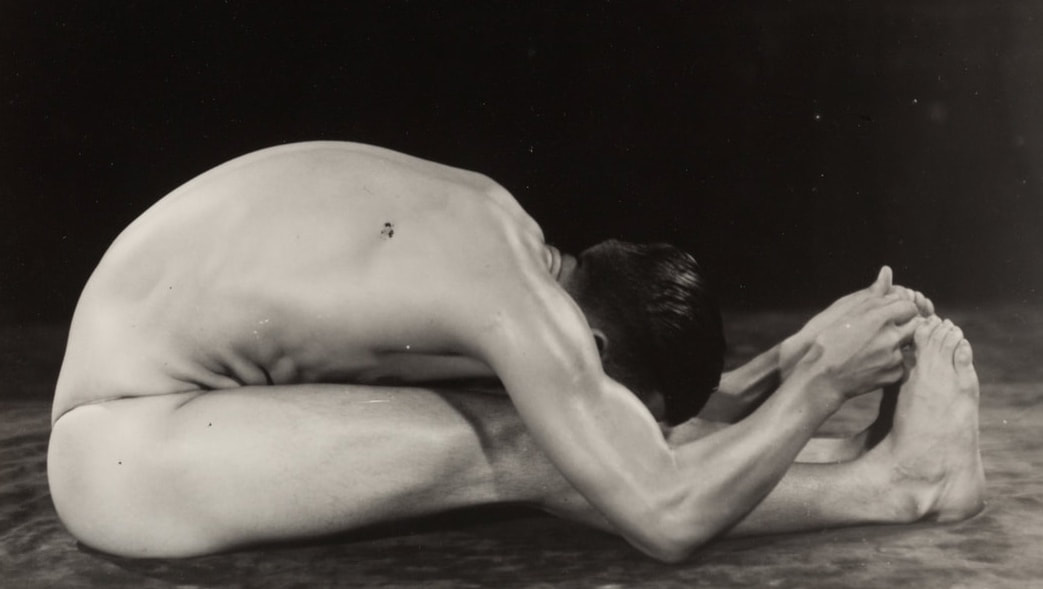
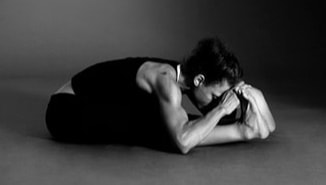
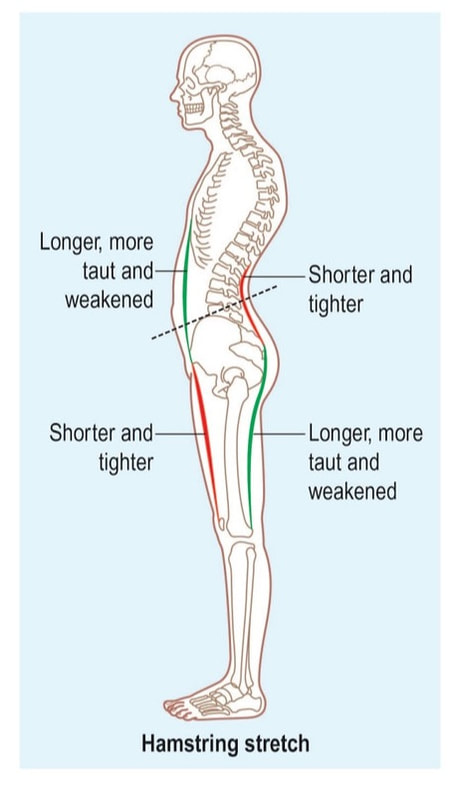
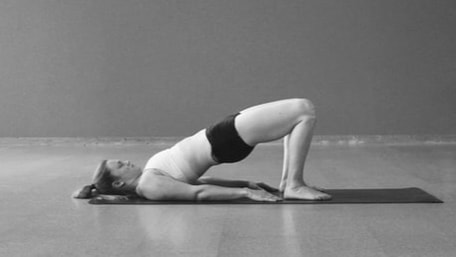
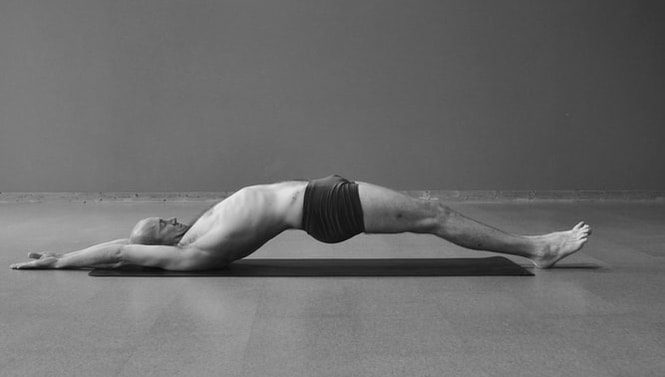
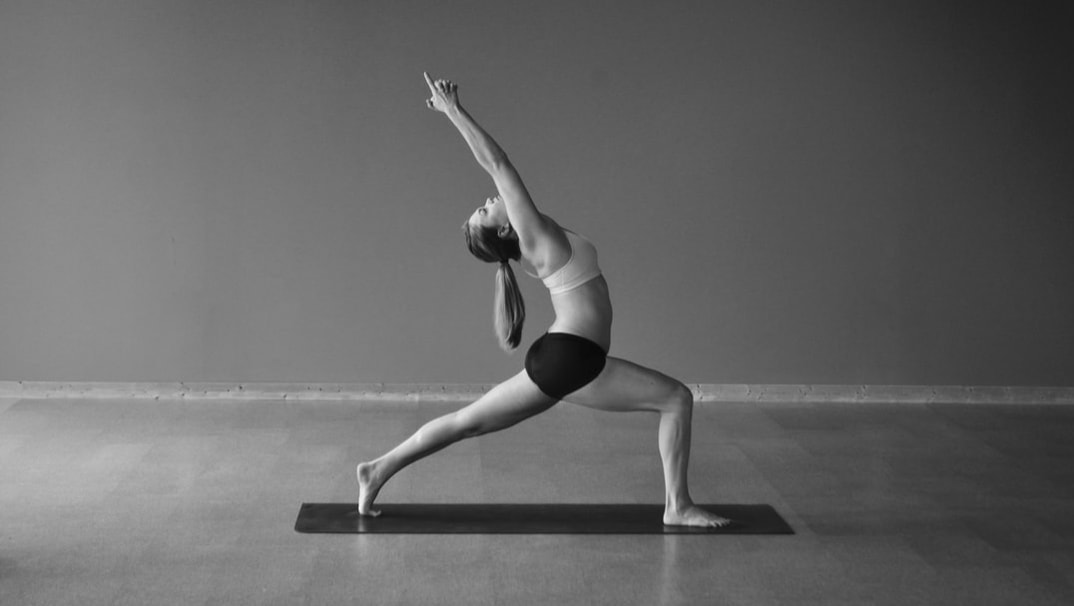
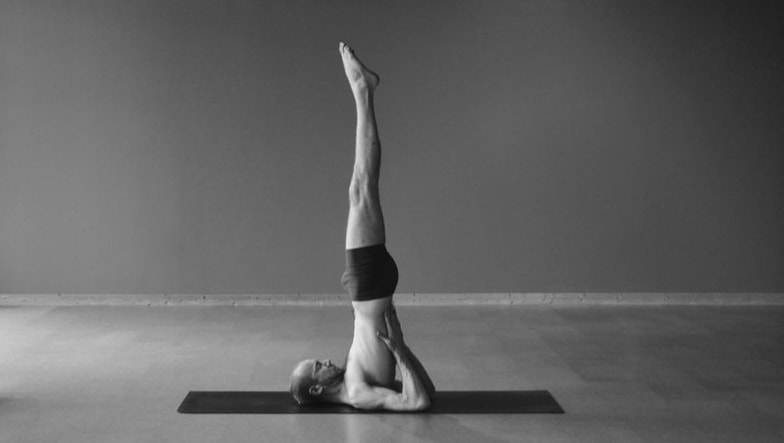
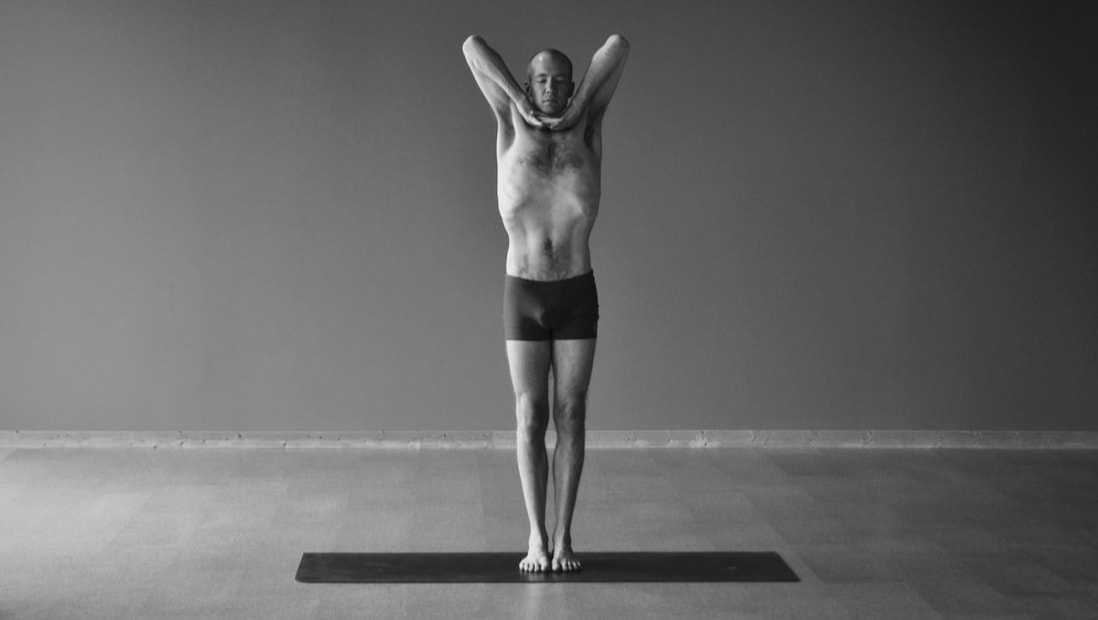
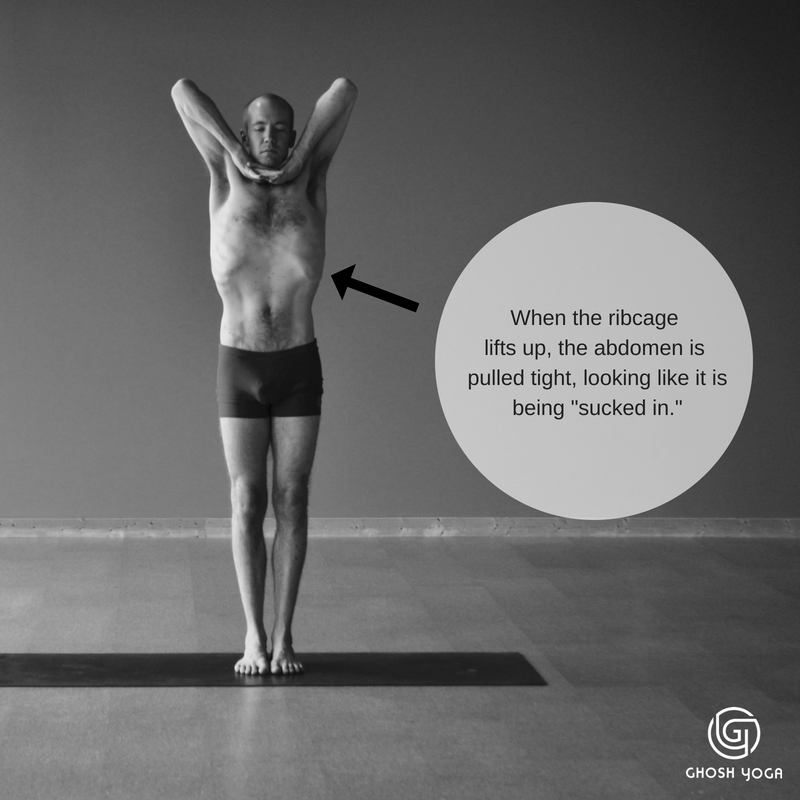
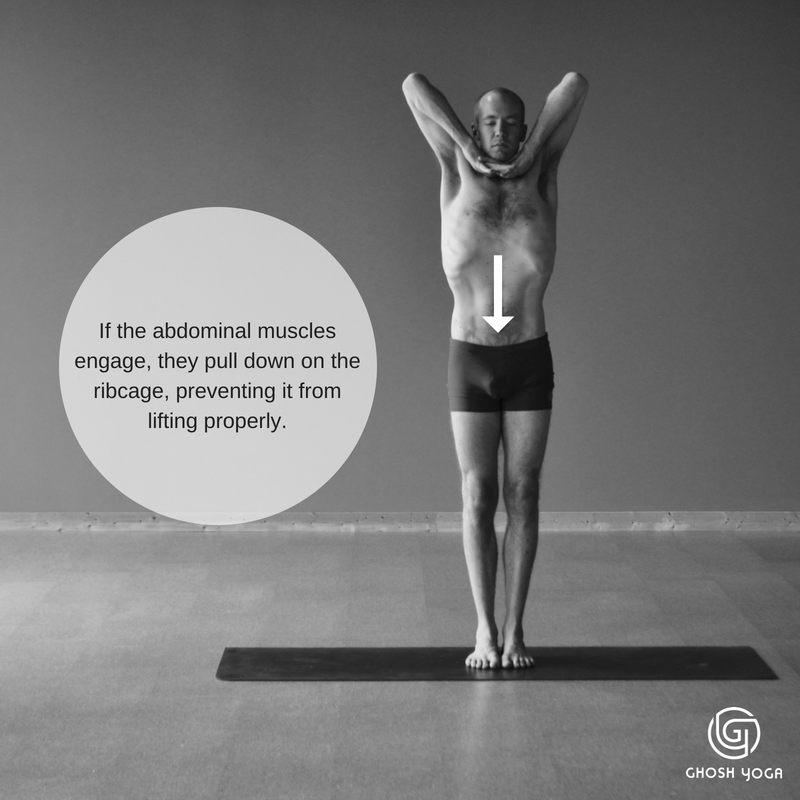
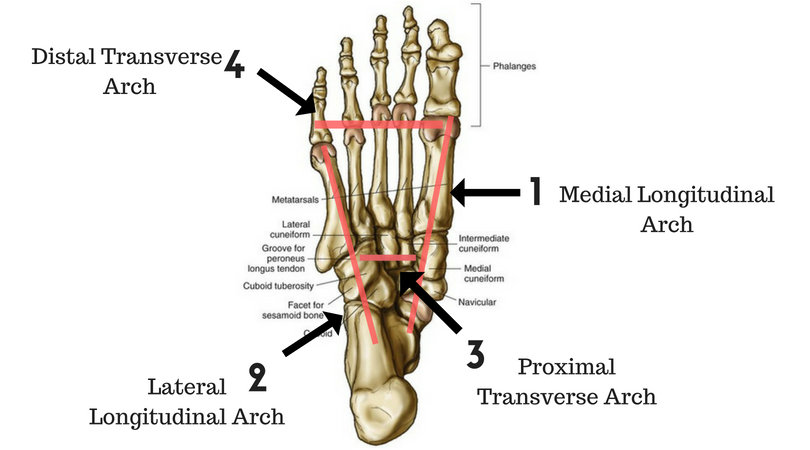
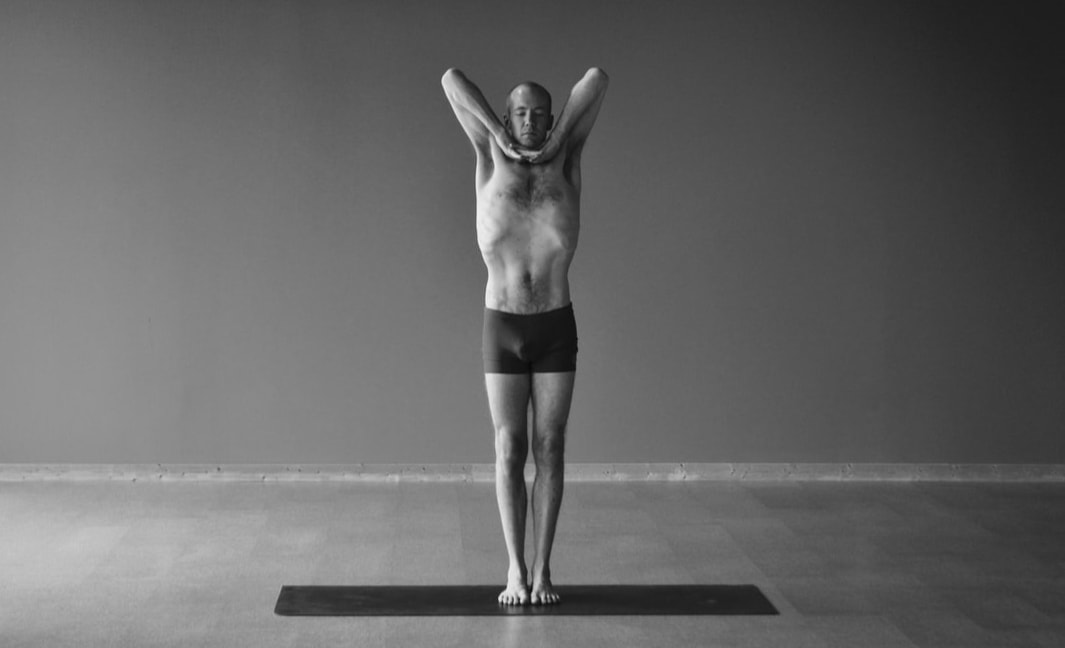
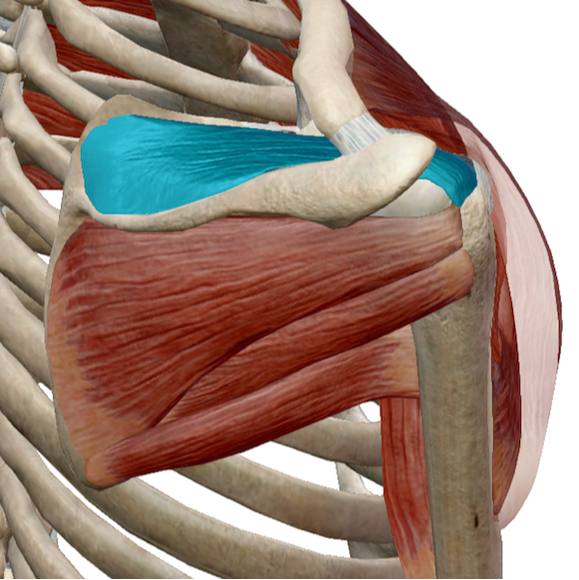
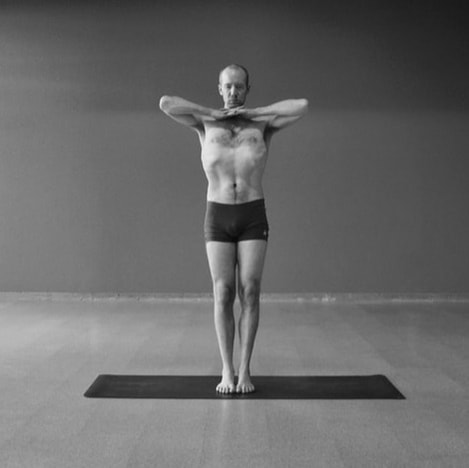
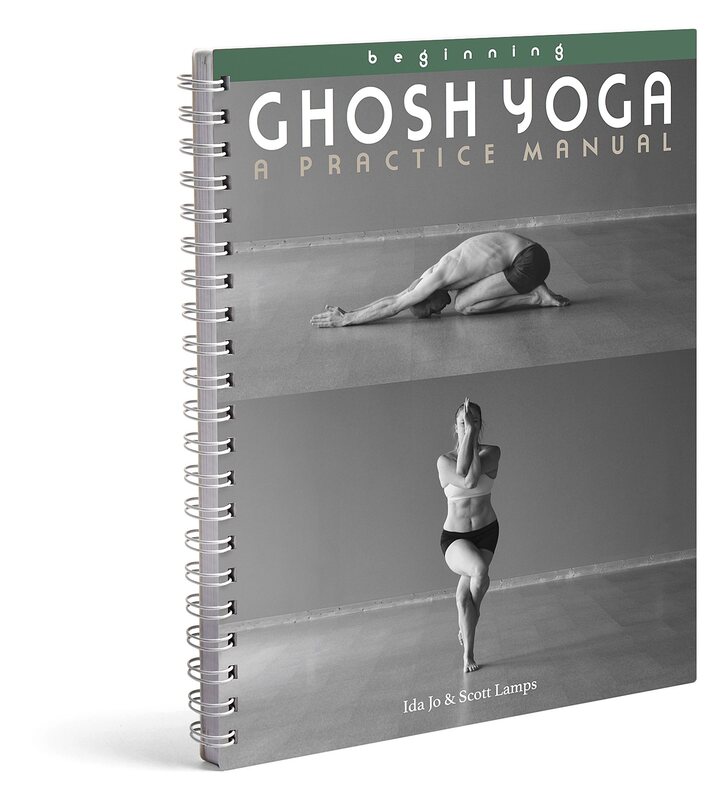
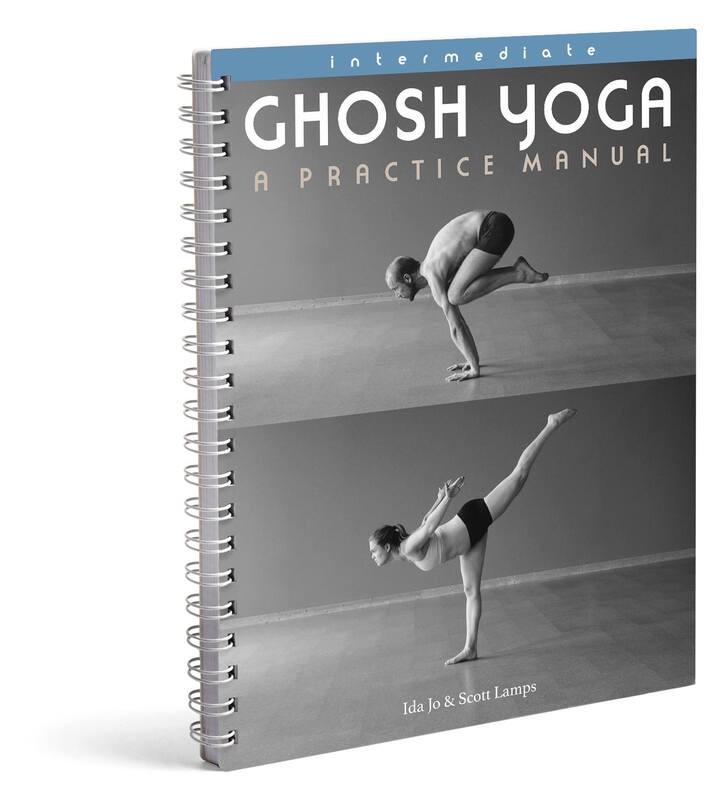
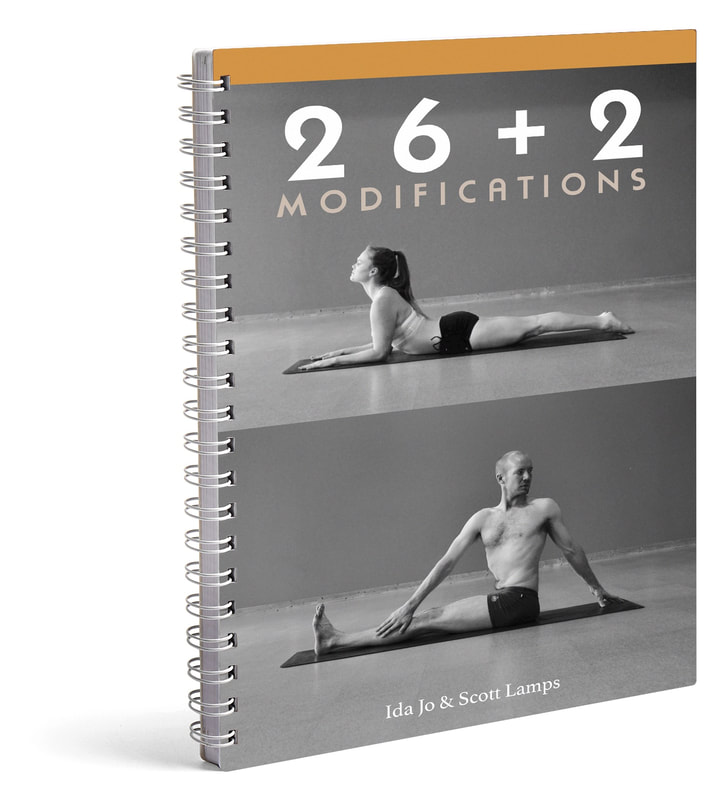
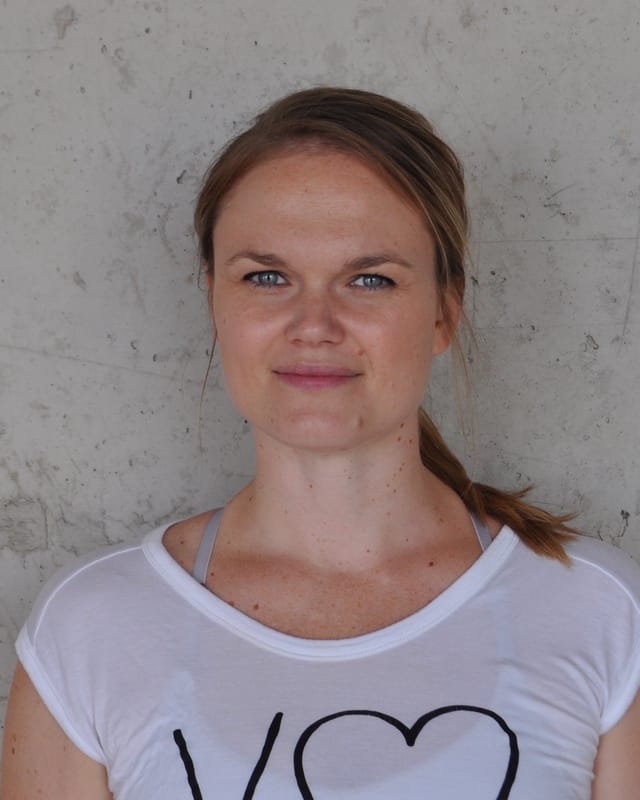
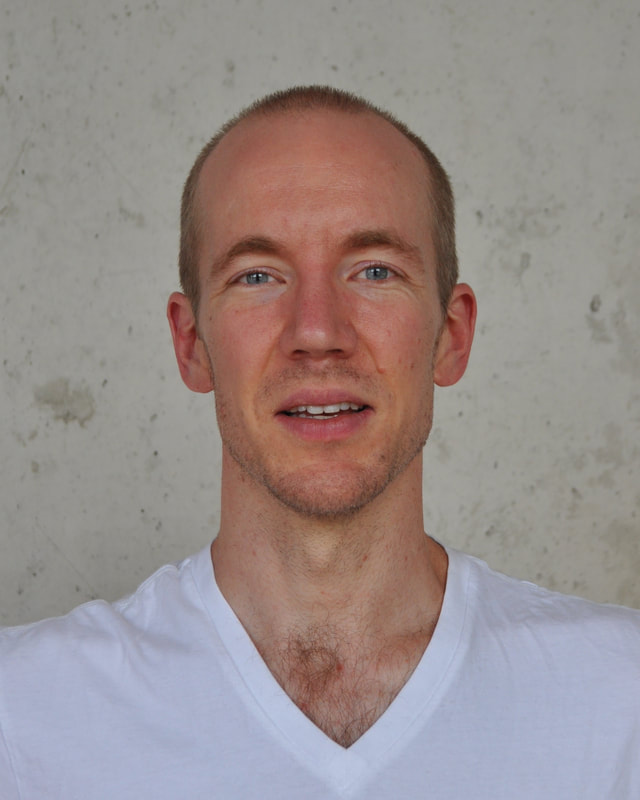
 RSS Feed
RSS Feed